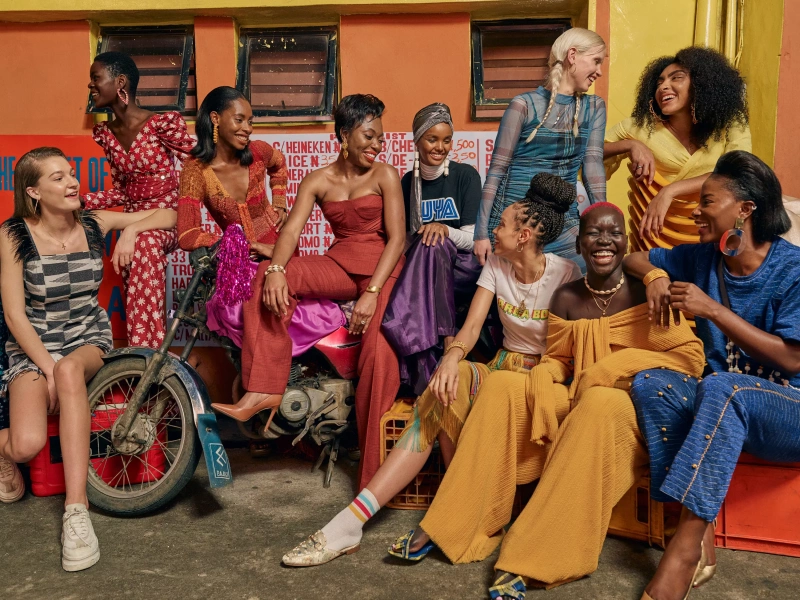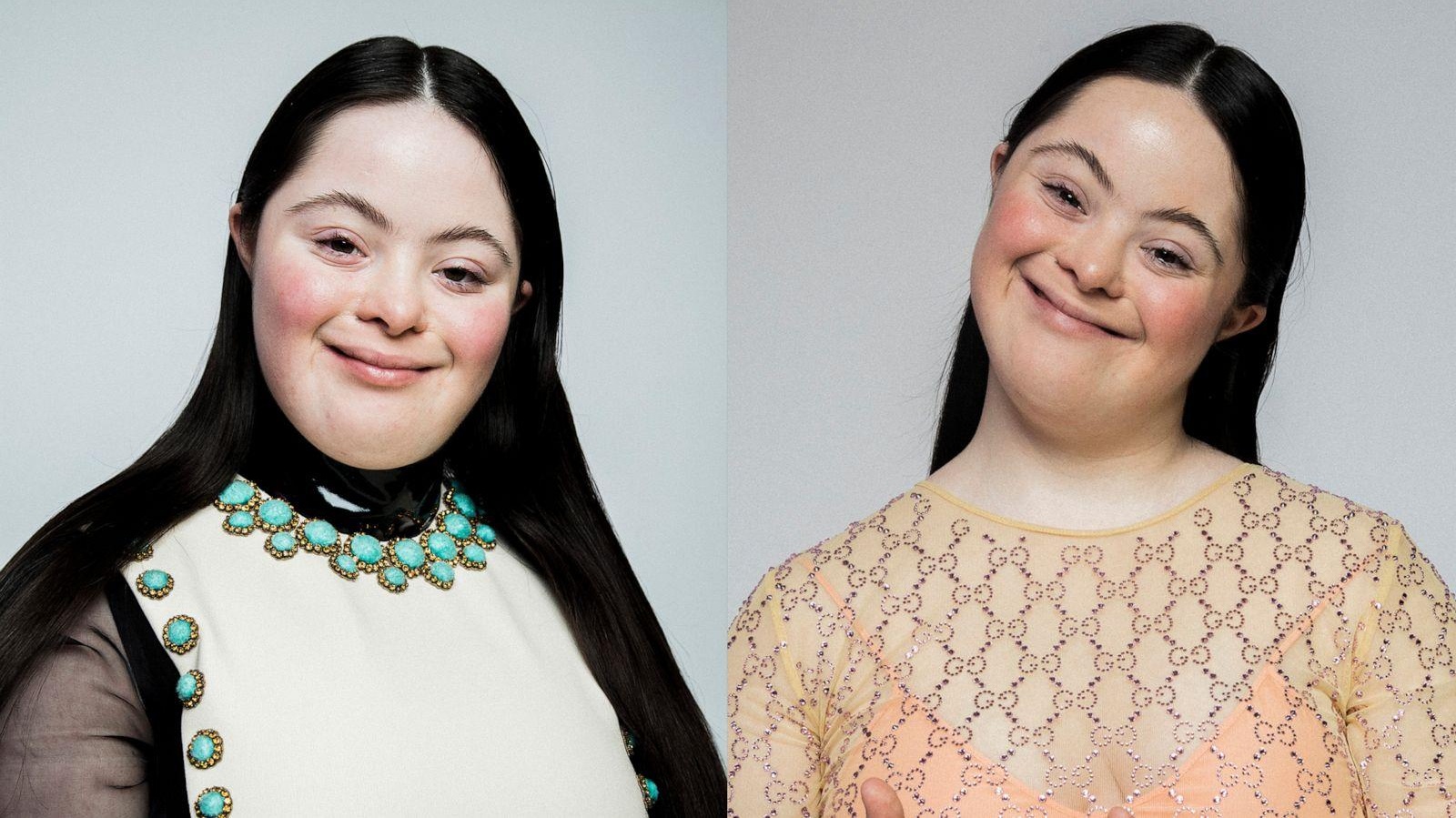
An inclusive vision of beauty will remain vital for forward-thinking brands.
Superficial, exclusive, a relentless pursuit of perfection: these are several of the deep-rooted cultural connotations of the $511 billion beauty industry. Yet the pandemic, coupled with tensions arising from social injustice, has exasperated the call for better representation – both internally (in the boardroom) and externally (through product launches and campaigns).
The Black Lives Matter movement turbo-charged consumer demand for transparency and accountability, catalysing a ripple effect across the sector. According to Mintel research, 46% of BPC buyers are more likely to buy from a brand who takes a stance on minority group issues.
Yet many brands have struggled to keep up with the pace of acceleration. Getting inclusivity “wrong” has proven detrimental; some of South Africa’s biggest retailers no longer sell TRESemmО’s hair products following protests over an advert denigrating black hair as “dry and damaged” whilst white hair was labelled “normal”. Controversies like this beg the question: is the industry really committed to lasting change?
Brands possess the immense power of creating and reinforcing stereotypes, yet alternatively have the transformative power to dissolve them --- and can be harnessed to change discourses for the better. Here are three ways in which brands can demonstrate their commitment to effecting change that is not only sustainable but makes a positive impact on society.

1. Understand your role
Whilst some brands may embrace their role as overt activists for a diversity issue, other brands may act as contributors, pushing for a more progressive dialogue.
An example of the former includes the launch of the grassroots initiative “Pull Up For Change” by Uoma Beauty’s Sharon Chuter. In a push for corporate inclusion, Chuter called for brands to announce their percentage of Black employees – making the compelling point that in sharing diversity efforts publicly, you can demonstrate that you are working towards permanent change.
On the other hand, Dove has advertised itself as a platform of diversity since its “Campaign for Real Beauty” launched 16 years ago --- leveraging the power of mass market to lead through representation. Whilst they may not be positioned to take such an activist role, they were way ahead of the curve in using their influence to showcase their allyship to the cause and their intentions to help shape a more equitable society.
Think carefully about what role your brand can play and the issues it may or may not be positioned to champion.
2. Shift your messaging
Shifting messaging towards empowering the consumer has never been more relevant in the light of a recent exposé of Facebook reports that revealed a disturbing statistic: among those who reported suicidal thoughts, 13% of British users traced them back to Instagram. In a pivot away from social media-driven notions of perfection, Unilever recently eliminated the word “normal” from its communications following a study that found that 70% of people agree that the word had a negative impact. This shift also encompasses gender and age; Good Light, a genderless skincare line, has the strapline “beauty beyond the binary” and Neutrogena has banned the term “anti-ageing”.
The celebratory message that modern beauty is individual certainly resonates. In an uplifting rejection of archaic beauty standards, Gucci’s campaign starring Ellie Goldstein, a model with Down syndrome, quickly became one of their most popular Instagram posts.
The stakes are high; a brand that does not participate positively simply will not participate.
3. Practice what you preach
In an age where authenticity is critical, words must translate to sincere action or otherwise risk alienating consumers through performative efforts. For example, in a release of its monthly dark skin tone representation results, Eyecue Insights (a social media analytics platform) revealed a huge surge of representation featuring people with darker complexions in the month following the death of George Floyd, and its gradual decline as the months went on.
Moving away from tokenistic portrayals to communicate genuine intent can be complex. Yet trust will translate into tangible results. Whilst it may prove impossible to represent all issues in the same level of depth - by identifying issues that are important to you and your consumers, then infusing this message into your brand’s DNA, you will in turn create affinity with a multi-faceted consumer base and cultivate brand loyalty in the long term.
Future generations expect more. Not only can they see below hollow, box-ticking initiatives, but they also want to support brands that represent them and their values. Brands are encouraged to look inwards. It is no longer enough to market – brands will have to internally commit to promoting equity. Messaging needs to swerve tokenism and trends in the hope to get to a point whereby an inclusive campaign no longer turns heads.
Author: Eloise Percy-Davis, client services & marketing intern